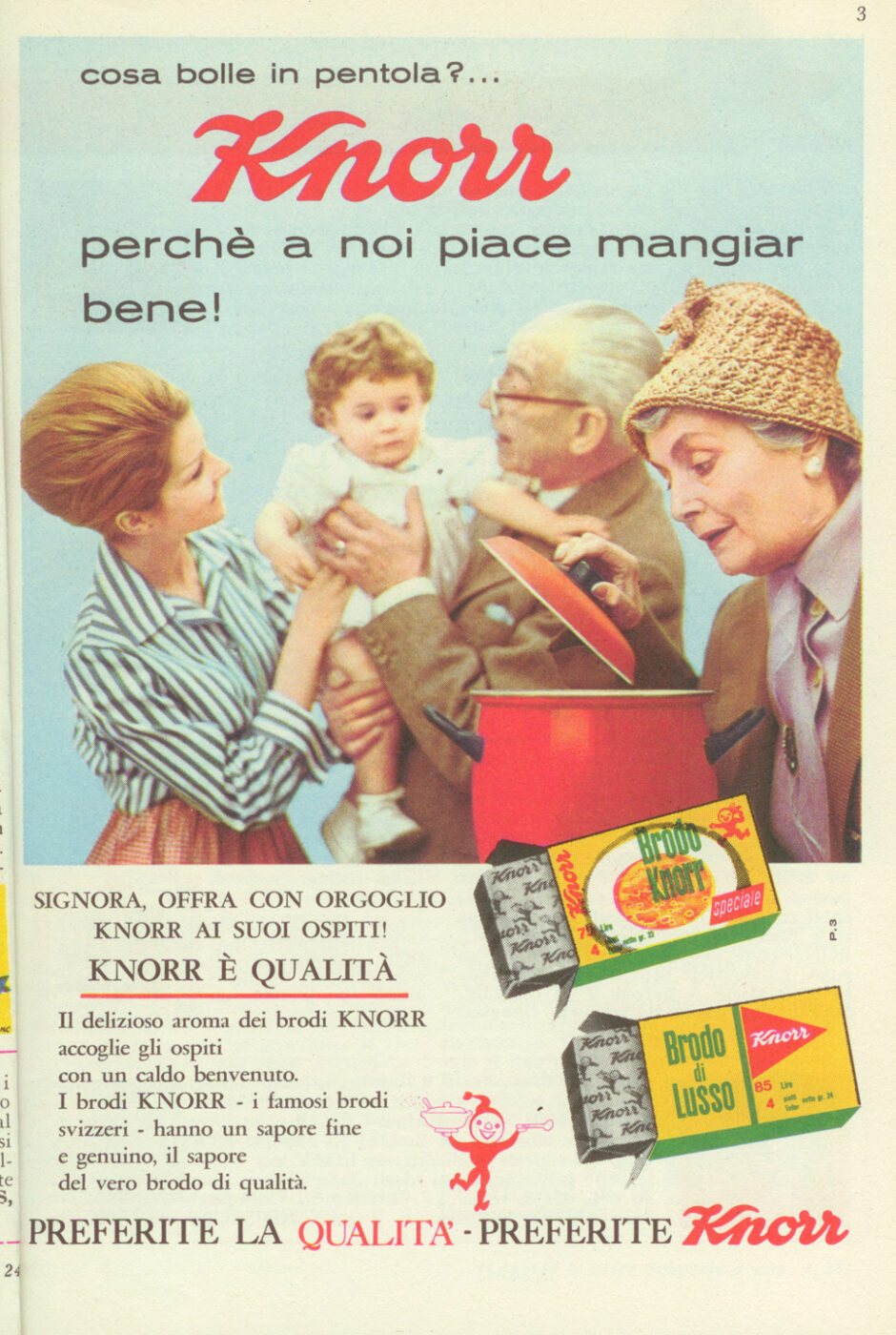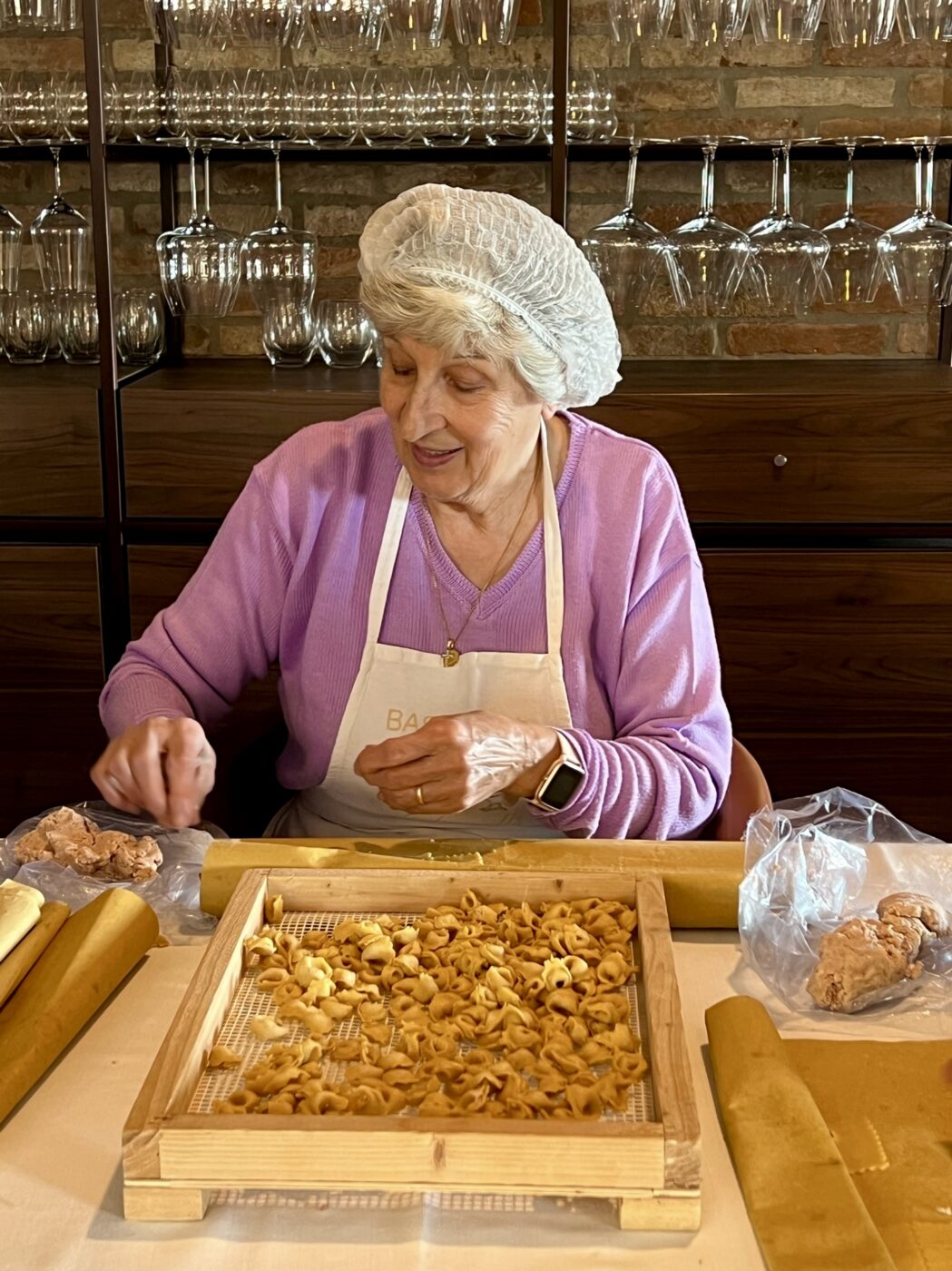No family member holds as much cultural cachet as the nonna. Whether Italian or not, I’d like to bet that you can close your eyes and immediately call to mind an Italian grandmother. She’s often wearing an apron, with perfectly coiffed hair and a well-lined face, a symbol of a life well-lived. Above all she’s a domestic goddess, the gatekeeper of recipes passed down by word of mouth from generation to generation. She’s reigning supreme at the head of the dinner table, ensuring everyone is well-fed with the rallying cry of “mangia!”. She’s a font of knowledge inherited from the good old days, with a proverb ready for whatever life throws at you, whether it’s “male non fare, paura non avere” (“do no evil and have no fear”) or, my personal favorite, “a tavola non s’invecchia” (“at the table, one does not grow old”). Above all, she represents a simpler time, before technology, when morals counted for something–especially as a devout Catholic. So, in many ways, it’s unsurprising that brands have capitalized on this image globally, turning the nonna into a marketing phenomenon to sell everything from pasta makers to tablecloths.
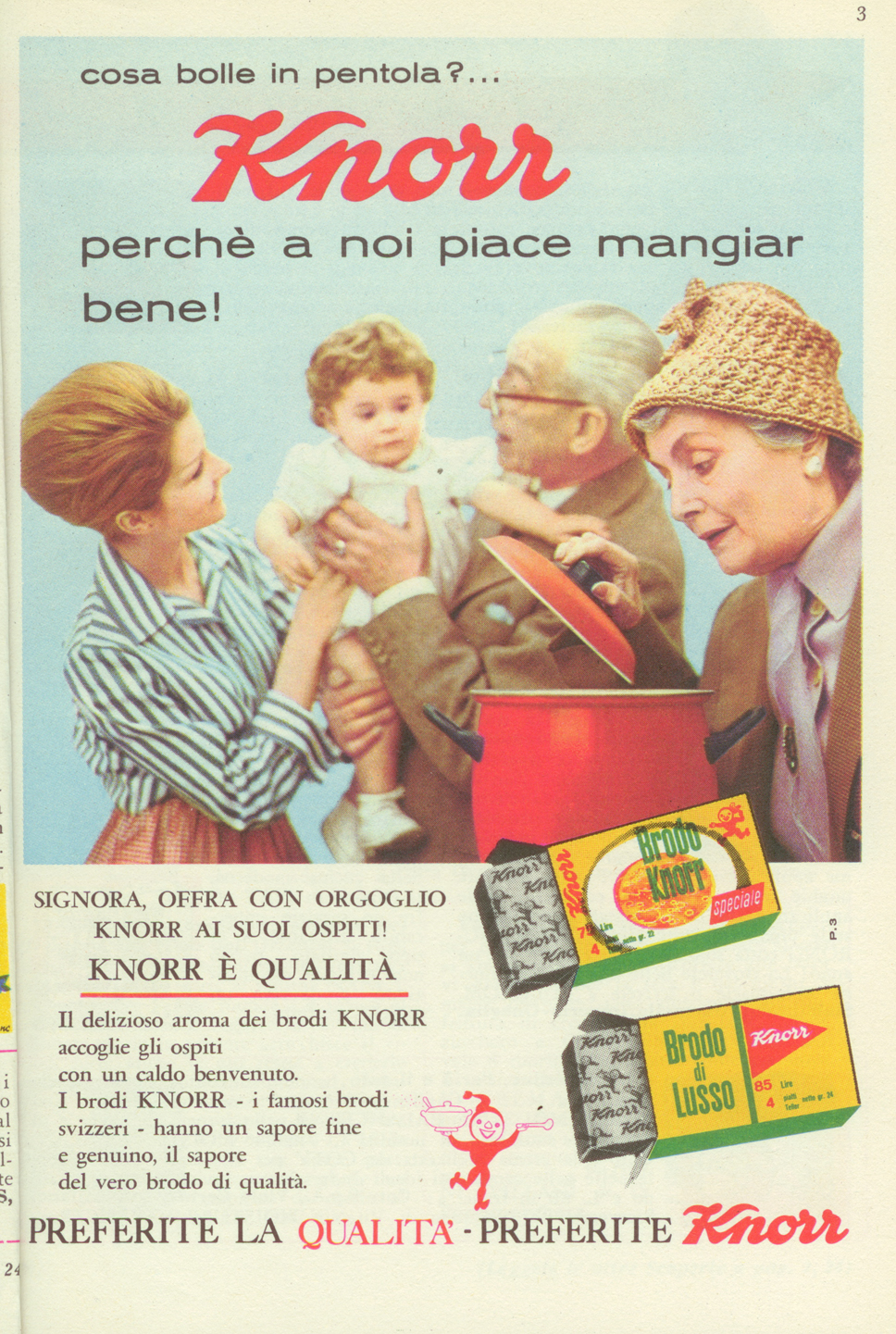
Photo courtesy of David Zellaby
In the modern world, the nonna is a way of connecting to the past, and a specific idealized version of it–un immaginario dell’Italia del passato–when people met in real life and married within their local community, raised large families side-by-side, and worked on the land. A time before screens, or 24/7 culture. It’s something that millennials and Gen Z are particularly keen on, all too aware of the complications that technology has brought. It was an era before trolling, when people were (in theory) kinder to each other. You knew your neighbors, and you helped them. And while the figure of the grandmother in general has always been a marketing ploy–just look at Grandma’s Cookies–it’s the very romanization of Italy that means the nonna has become so popular. For many, Italy represents a country of great food, big families, and traditional gender roles–something that for whatever reason, we are craving right now, as world politics move towards the right and we see cultural trends like #tradwives trending on TikTok.
One way of tapping into this lost way of life is by championing traditional craftsmanship. It’s why we’re seeing a backlash against the Scandi-minimalist aesthetic and instead a renaissance for artisan pieces, such as the hand-painted crockery and traditional linens of brands like Casa Cevla and the Double J. There’s even a renewed fondness for traditionally Catholic symbols, like crucifixes, madonnas, and acquasantiera stoops, made popular by the designer Bettina Ceramica.
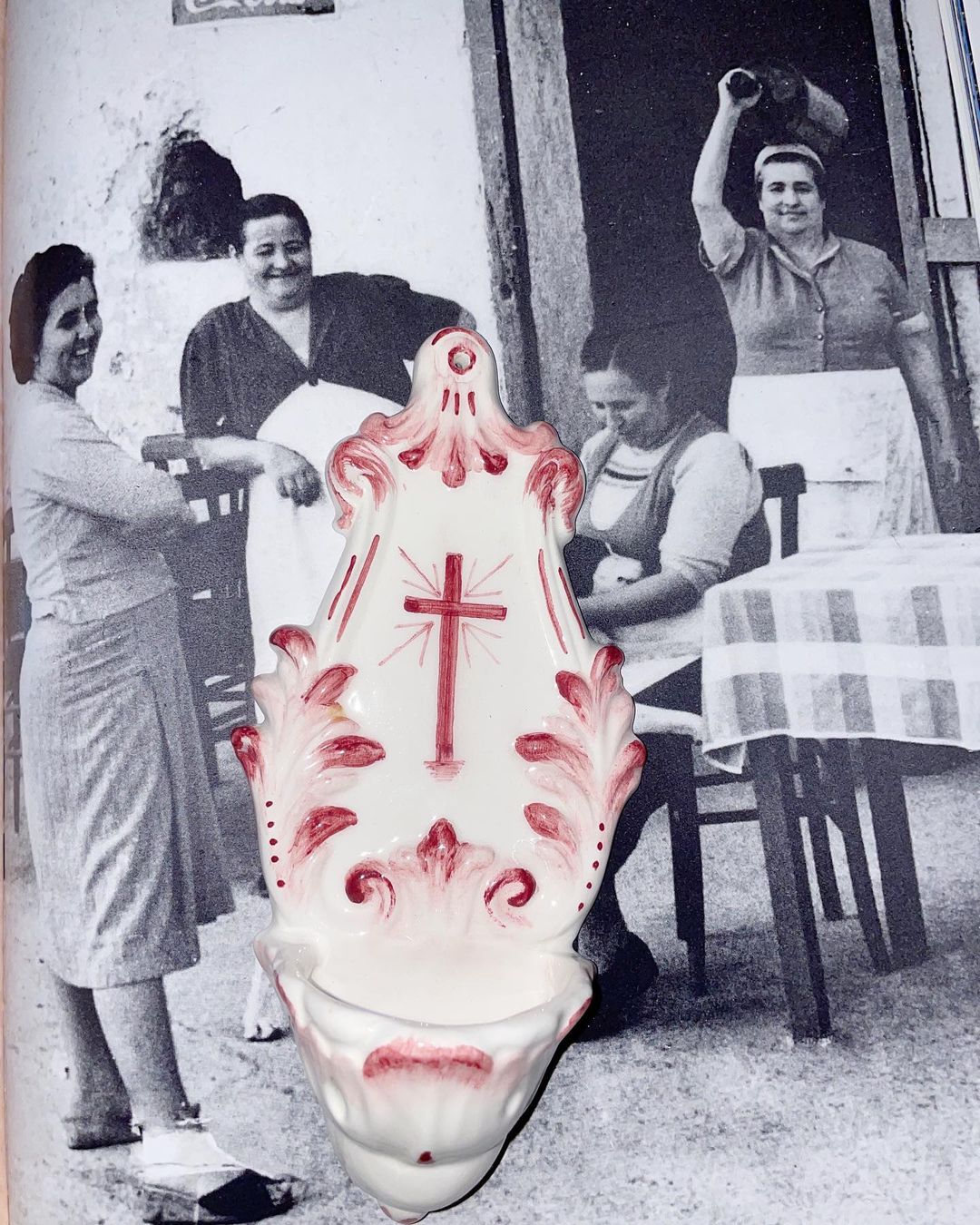
Photo from @bettinaceramica
Making things by hand also extends to our food, and the image of the nonna rolling dough and fashioning it into pasta shapes is easy to conjure. During the pandemic, pasta-making became a major trend, as people slowed down and looked to fill their time with simple hobbies like cooking. The viral Instagram account, Pasta Grannies, capitalized on this, showcasing grandmothers across the length and breadth of Italy making their own recipes for spaghetti alla vongole or gnocchi with pesto. Today, the account has 1.1 million followers and a cookbook. And it wasn’t even started by an Italian.
With more and more of us interested in plant-based eating and at-home cooking, is it any wonder we want to know exactly where our food is from? Post-Covid, we want to invite people into our homes again, too, making them as cozy as possible via the aforementioned comforting interior touches, but also by nurturing guests via food. The nonna is the perfect role model for that.
And it’s not just foreign brands capitalizing on this. In fact, it all started in Italy, where the nonna was just a grandmother, not an Italian grandmother specifically, after all. Rather than selling their wares to each other, Italians will use the image of the nonna to sell an idealized “version” of Italy–one that they know tourists and foreigners will literally eat right up. It’s one of life’s great ironies that a Roman won’t go to the restaurant with a grandmother making pasta in the window–but it was a Roman who did this in the first place.
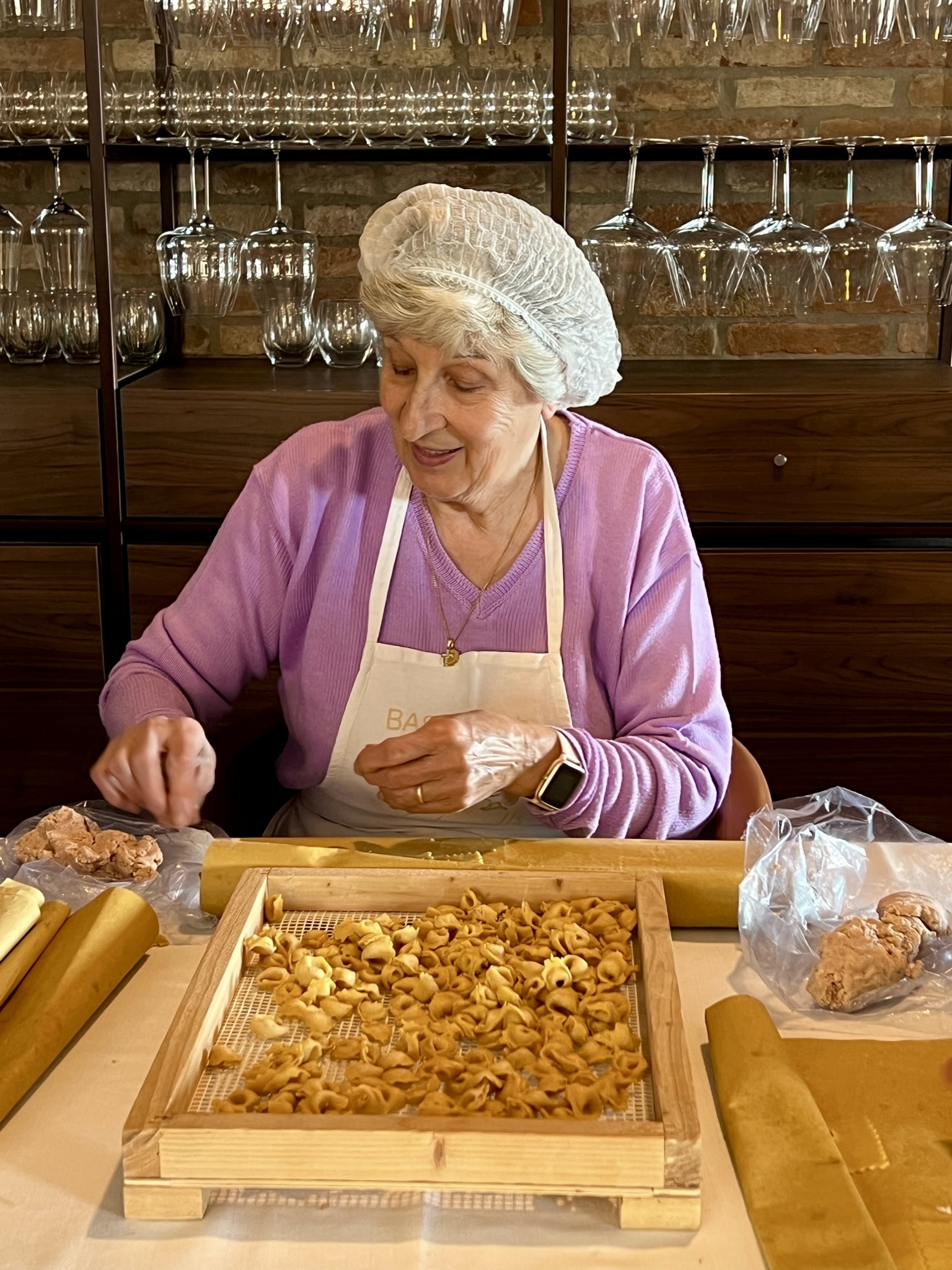
The nonna lends authenticity–or at least the appearance of it. Hiring a grandmother to star in an ad campaign or to give recipes the seal of approval validates them in a world where the “authentic” is king above all else, especially for Gen Z. In 2022, Nutella cast TikTok-famous grandmother, Nonna Pia, in its holiday campaign; earlier this year, Birra Morretti gave Australians the chance to win a three-course cooked meal made by, you guessed it, a real Italian nonna; while in Dubai, restaurant 800Pizza’s ad ends with “nonna-approved”. Pop star Ariana Grande recently utilized her own “nonna” on her album Eternal Sunshine. In the song “Ordinary Things”, her grandmother offers her the following wisdom: “Never go to bed without kissing goodnight. That’s the worst thing to do. Don’t ever ever ever do that. And if you can’t, and if you don’t feel comfortable doing it, you’re in the wrong place. Get out.”
Beyond the immaginario of the nonna, there’s another problem with her marketing: in the next few decades, she will no longer be with us. In 30 years, millennials will be grandparents, and we’ve always grown up with technology. We’ve no connection to the “old” way of life. So will this imagery die out, too? Or, much like other stereotypical figures popular in marketing–the humble farmer, the toiling fisherman, the flustered French chef–will she endure? The truth is, we don’t know, but much like these characters, the nonna might actually be fictitious. After all, how could all women of one generation be exactly the same? Can’t there be nonne that hate cooking, or are simply bad at it?

Photo from @nonnapia_insta

